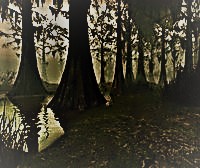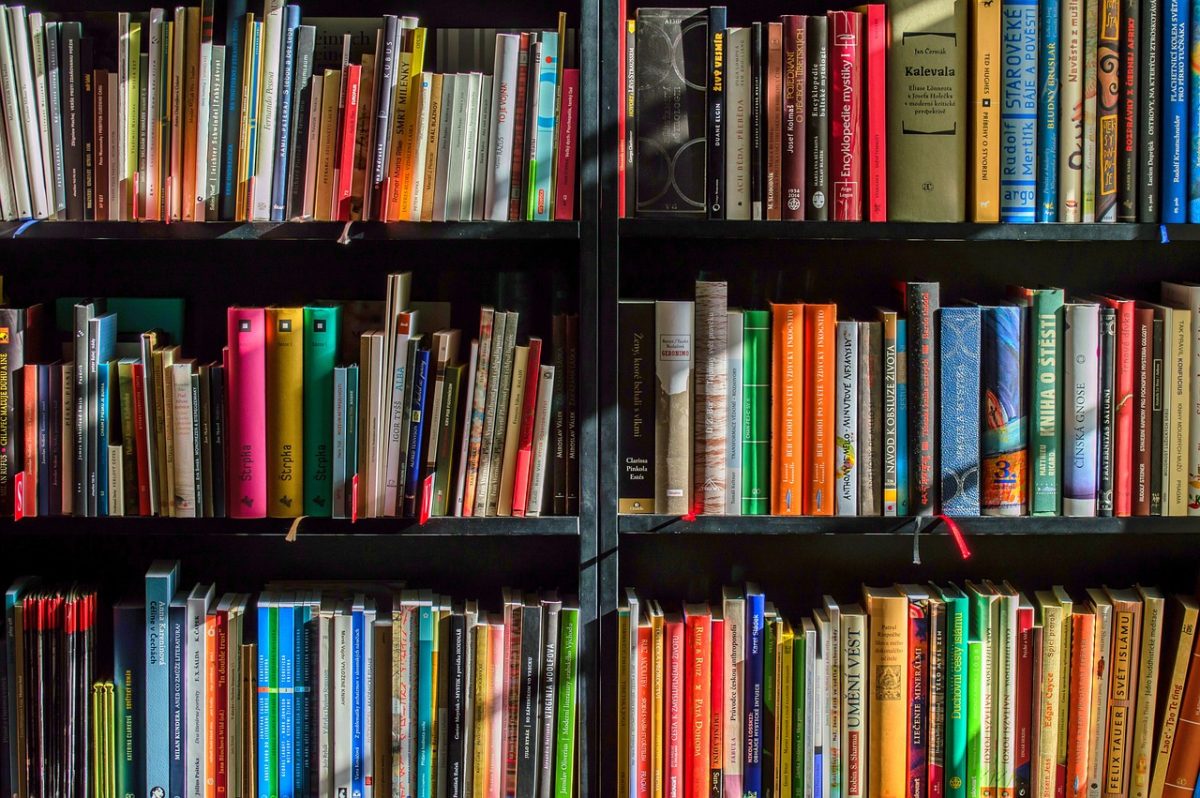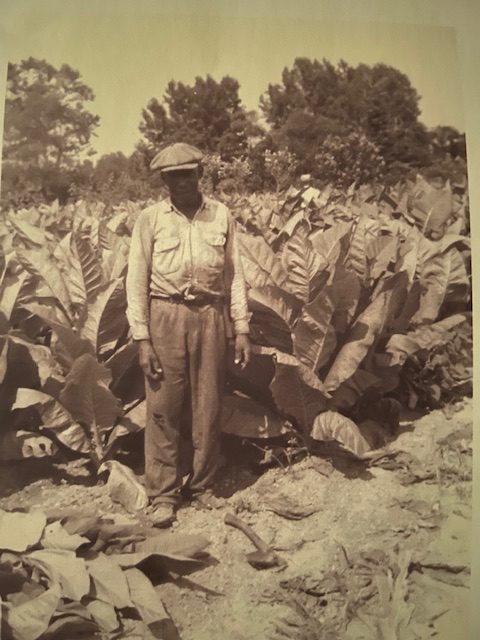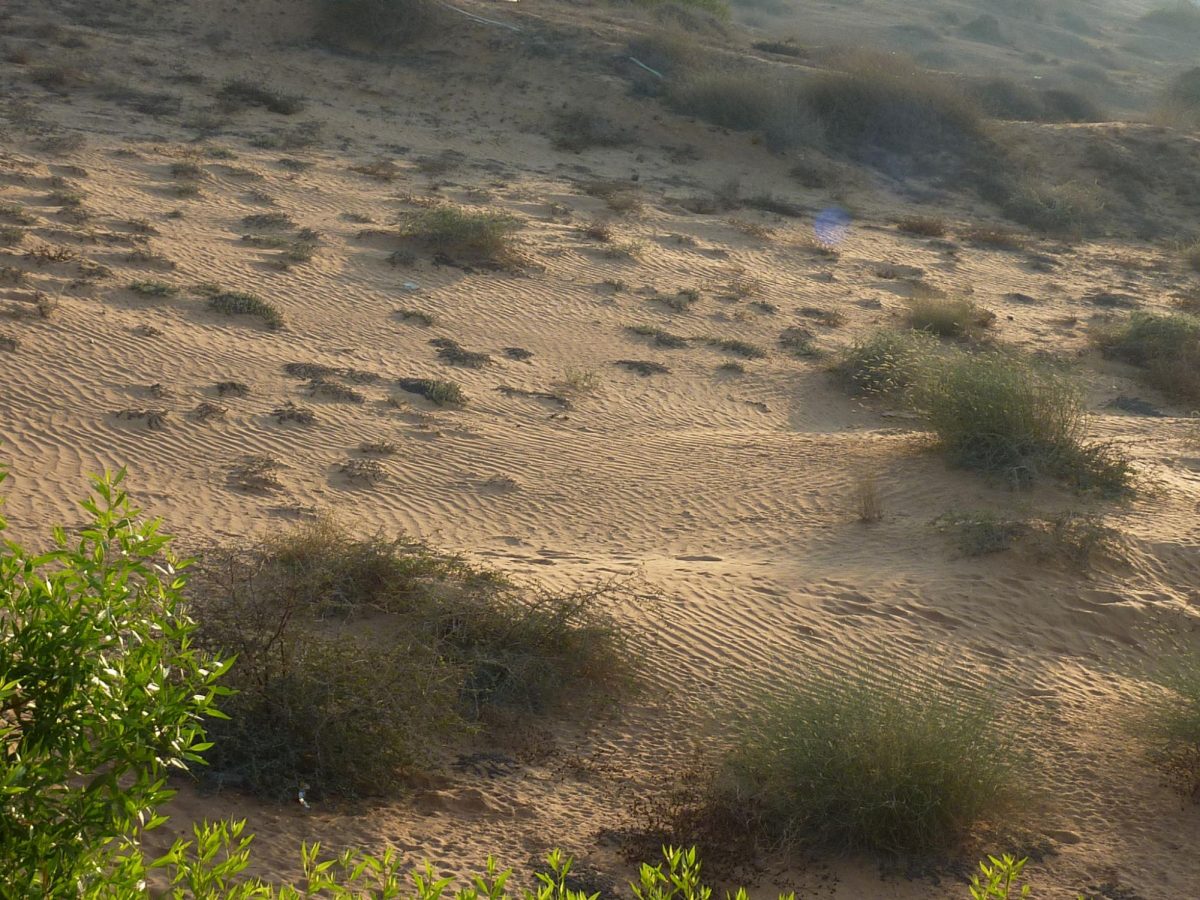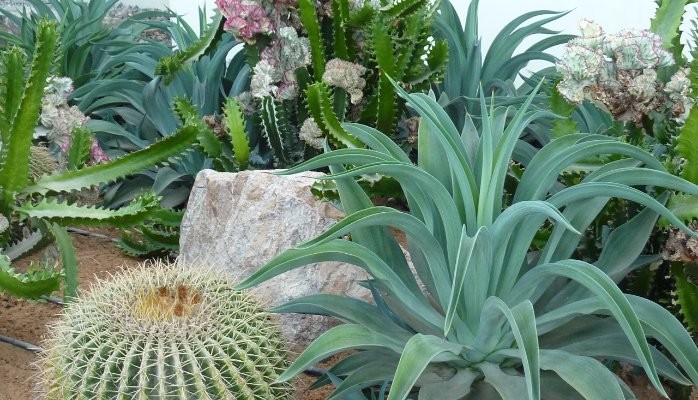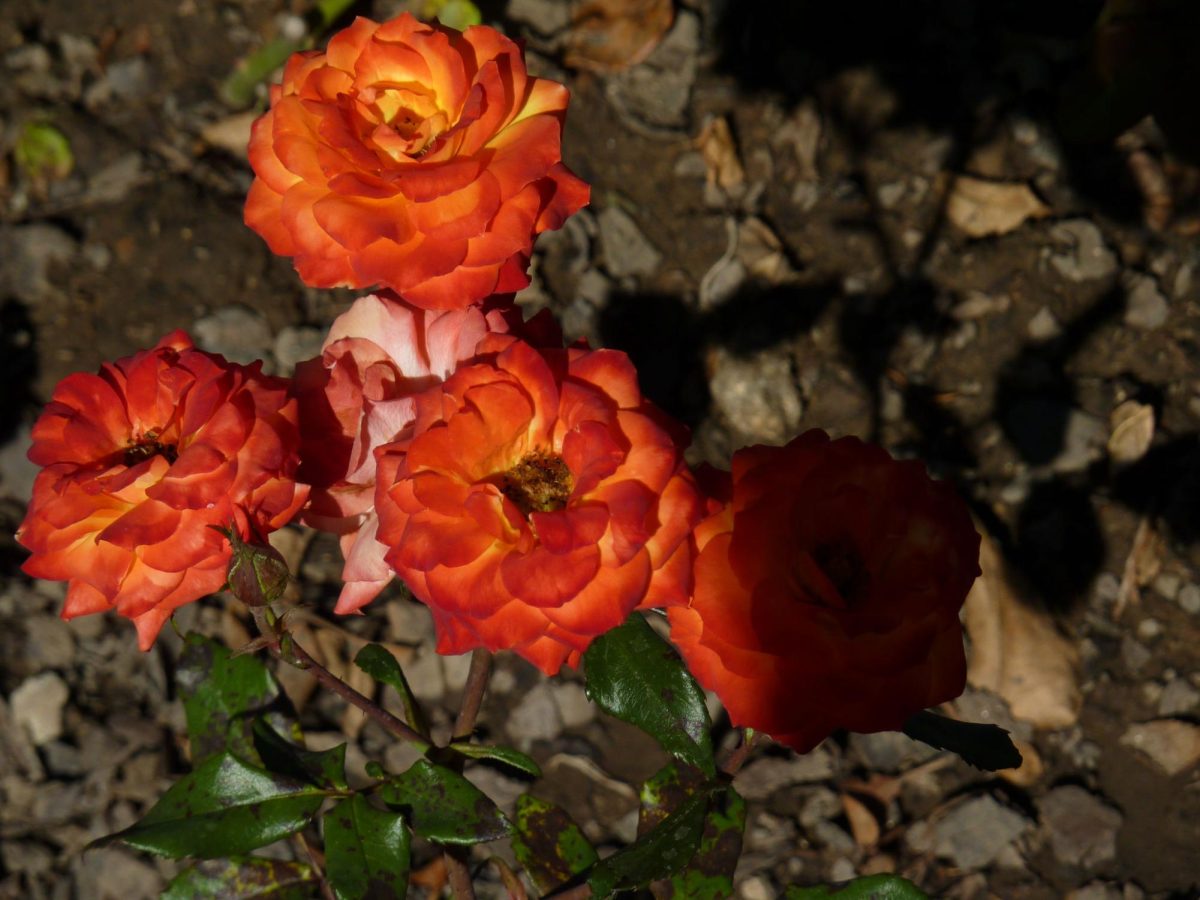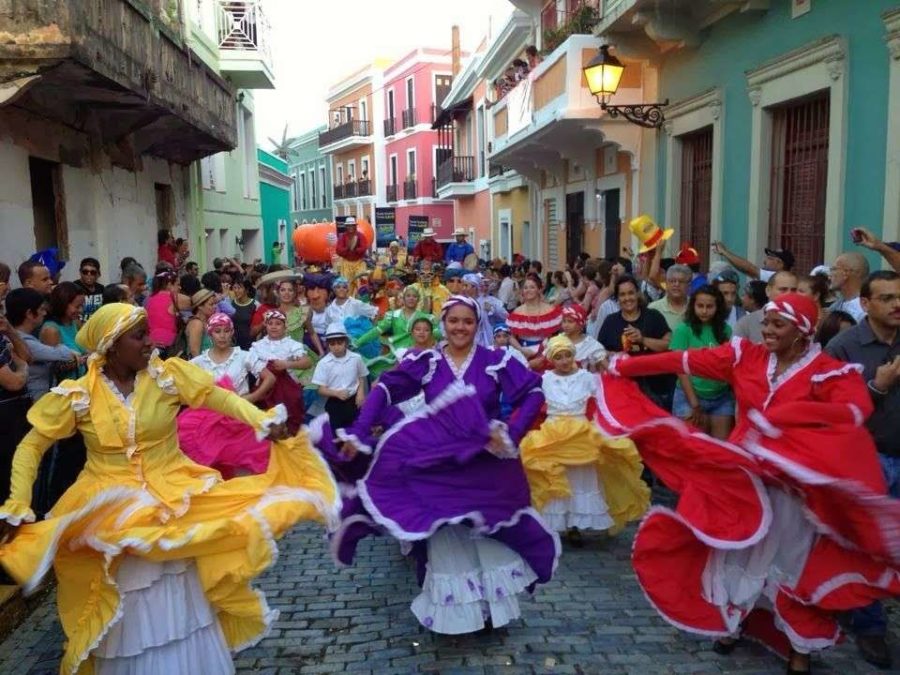“The main difference between drug trafficking and timber trafficking is that they can always produce more drugs. Guatemalan rosewoods grow less than half an inch a year and take up to a century to reach full maturity.”
Eddy Ottoniel Palencia, Foundation for Economic Development and Conservation (Fundaeco) Guatemala
The London-based Environmental Investigation Agency (EIA) identified the largest cartel of unlawful timber traffickers in the world as: “Chinese traders who thrive on crime, corruption, the purchase of political patronage and poor forest governance in the producer countries from which they source. China’s government has done virtually nothing to curb illegal imports while putting in place policies to ensure supply from some of the worst illegal logging hotspots in the world. They [Chinese authorities] did not care if imported timber was felled illegally, as long as import duties were paid.”
According to a recent INTERPOL report, “unlawful Chinese timber trafficking is valued at between $30 billion and $100 billion a year and accounts for 15 percent to 30 percent of the global timber trade. Rosewood is the world’s most trafficked wild product by value or
volume—more than ivory, rhino horn, and pangolin scales combined.”
The scheme began in 2007 when the Chinese government dispatched groups of agricultural and forestry “advisors” to Guatemala, Colombia, Senegal, Madagascar, Peru, Bolivia, the Democratic Republic of Congo, Brazil, Indonesia, and Ghana under the pretext of a “friendly exchange program.” Out of the group of five forestry advisors sent to each country to assist with forest product sustainability, only one person in the five held a forestry degree. The others were part of China’s timber trafficking logistical teams, experts in the covert transportation of illegally felled timber, and the evasion of law enforcement personnel. The task of the Chinese agents was not assistance, but to ensure China’s state-owned companies played a major role in securing timber supplies from overseas.
Before 2012, the most heavily deforested regions were Brazil and Indonesia, which accounted for 75% of illegally cleared tropical forestland. These areas were followed by the Congo Basin and the Russian boreal. China’s demand for timber has fueled conflict in Myanmar, Cambodia, Papua New Guinea as well as parts of Africa and Madagascar.
Many of China’s nouveau riche demanded flashy furniture such as rosewood lounge sets that cost hundreds of thousands of dollars, with much of the timber sourced illegally from Cambodia, Laos, Thailand, or Madagascar.
Almost all the illegally harvested rosewood is headed to China, where its lustrous red interior is used in traditional hongmu furniture. It is not unique that a single king-size bed made from Madagascar rosewood can cost $1 million. Rosewood was given another name by poachers and purchasers; the “ivory of the forest.”
And as supplies dwindled, demand soared. A rosewood log can fetch $38,000 per cubic meter and even more in neighboring countries. Soon, many forests in Southeast Asia were clear-cut of all commercial timber. Now the Chinese looked to South and Central America.
In November 2016, the timber trafficking managers in Beijing confronted a serious supply problem. As the unit’s director said, “We cannot continue taking water from the same old well without replenishing its supply. Since the supply is limited, we must seek new wells. And we shall make some changes in the organization to help us avoid detection.”
One of the changes made was the removal of the transportation manager who’d become enamored with the money he was siphoning off the operation. He’d spent more time relaxing at his lakeside mansion in Yunnan than in the office working.
The new transportation director was an aggressive Party Member educated in the United States, where he’d received his PhD from the University of Kentucky. His specialties were economics with a concentration on maritime transportation.
His first act was to establish an offshore shell company called the Paramount Maritime Corporation, registered through a limited liability company in the Marshall Islands. The company charter stated it was “owned” by the mysterious Chao family with solid connections
with New York millionaires. Its Marshall Islands’ registration concealed its identity and limited its legal liability through an array of tax shelters and foreign registrations, and provided “no taxation, lax regulation, and no requirements for disclosure of many corporate details—even to
the United States government.”
Then the Paramount Maritime Corporation purchased a fleet of sixteen dry-bulk cargo ships, manufactured in China, flying the Liberian flag. Paramount established a website stating that its purpose was to transport corn, chemicals, and other goods to cities throughout the world.
The company supposedly had offices in New York and Hong Kong. The Liberian flag ensured that crew members worked under Liberia’s Byzantine maritime labor laws. But a Liberian “flag of convenience” allows ship owners to pay lower tonnage taxes than ships flying the U.S. flag and offers protection against the maritime labor unions.
The company’s final act was to select four, 656-foot long, 60,000 deadweight ton (the ship’s capacity, not its weight) handymax vessels for the Latin American trade routes; the Ping May, Soya May, Fu May, and Grain May.
Conservationists began gaining ground in Madagascar until a visiting Chinese trafficking team arrived in December 2016. The rosewood trade had been banned in Madagascar for decades, but the government chose not to enforce the law. The government also began arresting environmental activists and jailing them on charges of defamation whenever the activists mentioned the rosewood traffickers by name.
The traffickers had to find something to do with the timber while they waited for a ship to come and collect it. The Chinese solution was to bury as much of the rosewood as they could in the beach sand. Then came a visit by UN trafficking investigators.
The rounded tops of rosewood logs emerged from the sand like surfacing submarines and the inlets and estuaries around beaches turned blood red from all the rosewood being stored under the surface subjected to salty groundwater.
The Chinese demand created logging frenzies, with exports of lower quality “kosso” rosewood increasing 2,000 percent.
The trafficking networks are so efficient that in many cases, by the time a country realizes it has a trafficking problem, all of its best trees are gone, its forests are under severe threat, and there are no tax revenues or export fees to show for it.
In Madagascar and Southeast Asia, forests dried up, leaving them vulnerable to fires—the rapid loss of plant life and topsoil created desert landscapes. The tall rosewood trees, where many of the country’s endangered, endemic species nested, were ready to be harvested.
• • •
In 2017, with a green light from the new administration in Washington, D.C., the new Chinese timber trafficking plan took effect. Guatemala was selected as a test case because the conservation police had fewer than 400 officers to monitor more than 800 million acres of timberland, three-quarters of which consisted of reserves and protected areas. The solution proposed by the visiting Chinese trafficking team was simple and direct; make massive cuts in the enforcement budget and fire 50 percent of the wildlife enforcement officers.
The rape of Guatemala’s rosewood forests continued, and soon the Paramount Maritime Corporation’s handymax cargo vessels were making bi-monthly round trips to the country’s largest Pacific port, Puerto Quetzal, loading illicit timber destined for the port of Shanghai.
It’s not just rosewood…
Agarwood, aloeswood, or gharuwood, is a fragrant dark resinous wood used in incense, perfume, and small carvings. It is formed in the heartwood of Aquilaria trees when they become infected with a type of mold (Phialophora parasitica). Agarwood, or Gaharu as it is known in many Asian countries, is a resinous heartwood that sometimes occurs in trees belonging to the genus Aquilaria, a fast-growing, ancient subtropical forest tree, with a population range stretching from South Asia’s Himalayan foothills, throughout Southeast Asia, and into the rainforests of Papua New Guinea. At least fifteen species of Aquilaria are known to produce the much sought-after agarwood.
Binh Phat started his career as a cardamom trader and used the experience and connections he made buying cardamom from local suppliers to move contraband. Then he was introduced to agarwood by another contraband runner and ended up stepping into a world of multi-millionaires in Beijing.
Half a teaspoon of oud oil made from 100-year-old agarwood trees for Oman’s Sultan Qaboos in 1982 was sold to a private collector in 2012 for $7,000. In China, demand for top-quality resin has pushed prices as high as $400,000 per kilogram. Despite a ban on the harvesting of wild agarwood by the Convention on International Trade in Endangered Species (CITES), the soaring profits triggered widespread poaching.
Agarwood, the “Wood of the Gods” has been traded and highly coveted for thousands of years. The resinous wood is used as incense, for medicinal purposes, and pure resin in distilled form is used as an essential oil as well as a perfume component. Outside its native countries, it is most widely known in the Middle East, China, Taiwan, and Japan.
Resin-producing agarwood trees are endangered throughout their known habitat across Southeast Asia. The main driving force was the recognition of unsustainable Aquilaria harvesting in natural forests that resulted in the near extinction of this tree in Vietnam and elsewhere.
Synthetic agarwood substitutes failed to interest the general public, especially Chinese billionaires. The secret to the tree’s essential oil, known as Oud oil, depended upon a bizarre set of circumstances.
When the trees are healthy, agarwood has a light or pale color, but when it is infected by disease, the process of infection creates a response to the attack resulting in a very dark and aromatic resin known as oleoresin. It is this rich dark resin that is so highly prized and from which agarwood essential oil is extracted. The older the resin, the more prized it becomes.
Because of its huge cost and extreme rarity in the wild, the agarwood trees are now cultivated, and the resin is now created by artificial infection with its essential oil extracted by water distillation.
The Chinese believe the odor of agarwood essential oil is the world’s most powerful natural aphrodisiac. All attempts to chemically replicate the scent have failed. Aside from China, agarwood Oud oil is purchased and consumed primarily by Saudi Arabia and Japan.
The smell of burning agarwood was called the ‘scent of Nirvana’ by The Buddha. King Louis XIV of France had his clothing washed in water scented with agarwood and agarwood smoke was used to scent the armor of Samurai warriors before heading into battle. Its value sealed its fate.
As the world’s demand for illegal timber soars, so does the violence connected with this trade.
The butterfly forests
Monarch butterfly overwintering colonies are found in Mexico’s Oyamel fir forest, a unique mountain habitat where these trees grow only at high altitudes, and the fir forest is extremely limited. Oyamel firs are confined to high mountain massifs. The monarch overwintering sites are found on 12 isolated mountaintop sanctuaries and the Oyamel forest ecosystem is Mexico’s most endangered forest type. Only 2% of the original forest remains.
The forest is a relic from a time when the Earth was cooler and wetter. As the Earth warmed, the forest retreated up the mountainsides to retain the cool, moist climate to which the trees are adapted.
Monarchs adapted, physically and behaviorally, to the same ecological conditions as the trees. The monarchs seek out these high mountain habitats for the same reason the Oyamel ended up there–it’s cool and relatively moist at high elevations when this region of Mexico is parched during the dry season.
Monarchs are essentially tropical butterflies and cannot tolerate sub-freezing temperatures for very long. Clustering monarchs are protected by the forest canopy and by one another. The thinning of the forests in the Mexican state of Michoacan caused by illegal logging concerned scientists because this changes the delicate microclimate to which the butterflies have adapted.
The monarchs begin their southern migration from September to October. Eastern and northeastern populations of up to 500,000 monarch butterflies migrate at this time.
Originating in southern Canada and the United States, the monarchs travel to overwintering sites in central Mexico, arriving at their roosting sites in November. They remain in their roosts during the winter months and then begin their northern migration in March.
Michoacan is one of Mexico’s most violent states, and territorial control is constantly being disputed by more than a dozen criminal groups who wish to profit from lucrative crime markets such as the drug trade, illegal logging, and extortion, as well as the state’s booming international avocado and lime businesses.
The federal Monarch Butterfly Biosphere Reserve was managed by a local logger turned conservationist. As the tensions between organized criminal groups and the conservationist grew, over 60 employees of the butterfly sanctuaries were murdered, including the reserve’s manager.
By the end of 2024, over 1,200 acres of butterfly habitat had been clear-cut by illegal loggers with over 100 reserve workers murdered by Chinese-paid thugs.
How much more abuse can our Earth tolerate?

